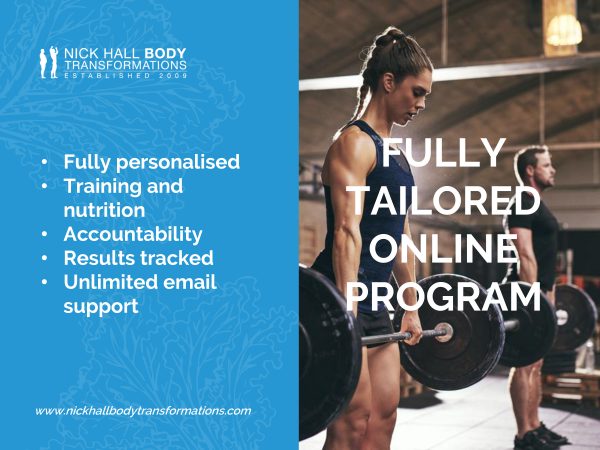we delivers enough to blog about

Where cardio fits in
I initially ran my personal training business from a big box commercial gym for a number of years. Sure enough every morning from 6am-7.30am and 6pm-7.30pm the cardio room will be packed. I would see the same faces every day whose bodies never changed. Move over to the weights area and you’d see both men and women who were lean all year round, lifting heaving and enjoying their workouts.
The big question is, do you have to do cardio?
Firstly I’m not referring to walking. I’ve touched on NEAT in an earlier email. This email specifically relates to HIIT or Low Intense Steady State cardio.
It was previously thought that HIIT was more effective at fat loss than the steady state alternative due to more calories being burnt post training. A 2016 study that I have noted below has found that the post exercise calorie burn from HIIT is not significantly more than steady state cardio. The one advantage that HIIT has over steady state cardio is that on a time for time basis it burns more calories. If you’re short for time then HIIT is your way to go.
Remember for fat loss you need to be in a calorie deficit. Having a
crappy diet and doing 2 hours of cardio a day most likely will not get you in a calorie deficit. You can however be in a calorie deficit, lift weights 3-5 times per week and dramatically improve your body composition without cardio. Many natural body builders, power lifters and Olympic lifters will never look at a treadmill or bike and still be sub 10% body fat when peaking for a competition.
I will give a couple of scenarios to answer this question and you can apply this to your own situation.
If you are a long way off your ideal body composition, then yes a couple of HIIT or steady state cardio sessions will help burn more calories.
You have hit a weight loss plateau from diet and weight training only. HIIT or steady state cardio can also help break a plateau.
With clients I prefer to get them as lean as possible using only diet, weight training and NEAT/walking. I will then include cardio strategically to help break a fat loss plateau. I won’t start a program with much cardio at all. I’ll give you the following example.
A client starts off a 12 week program on 4 weight sessions and 3 cardio sessions a week on a large calorie deficit. Significant weight loss is achieved in the first 4 weeks. After 4 weeks, weight loss has stalled so we reduce calories by more and add two more cardio sessions. If weight loss stalls again what do we do? Do we reduce calories by even more and add more cardio. You’re already doing 9 sessions a week on a large calorie deficit. You’ve run out of room and run the risk of burning the client out.
In conclusion, use cardio strategically, don’t rely on it. Calorie deficit, weight training, NEAT/steps then cardio as last priority.
You can check out our weekly HIIT workout subscription where you can receive weekly HIIT workouts each week. You can check this out here
The next blog post will be on sleep, recovery and fat loss which you can view here
References
Excess post-exercise oxygen consumption after HIIT, sprint interval and steady state exercise.
https://www.ncbi.nlm.nih.gov/pubmed/26950358
Comments are closed.
